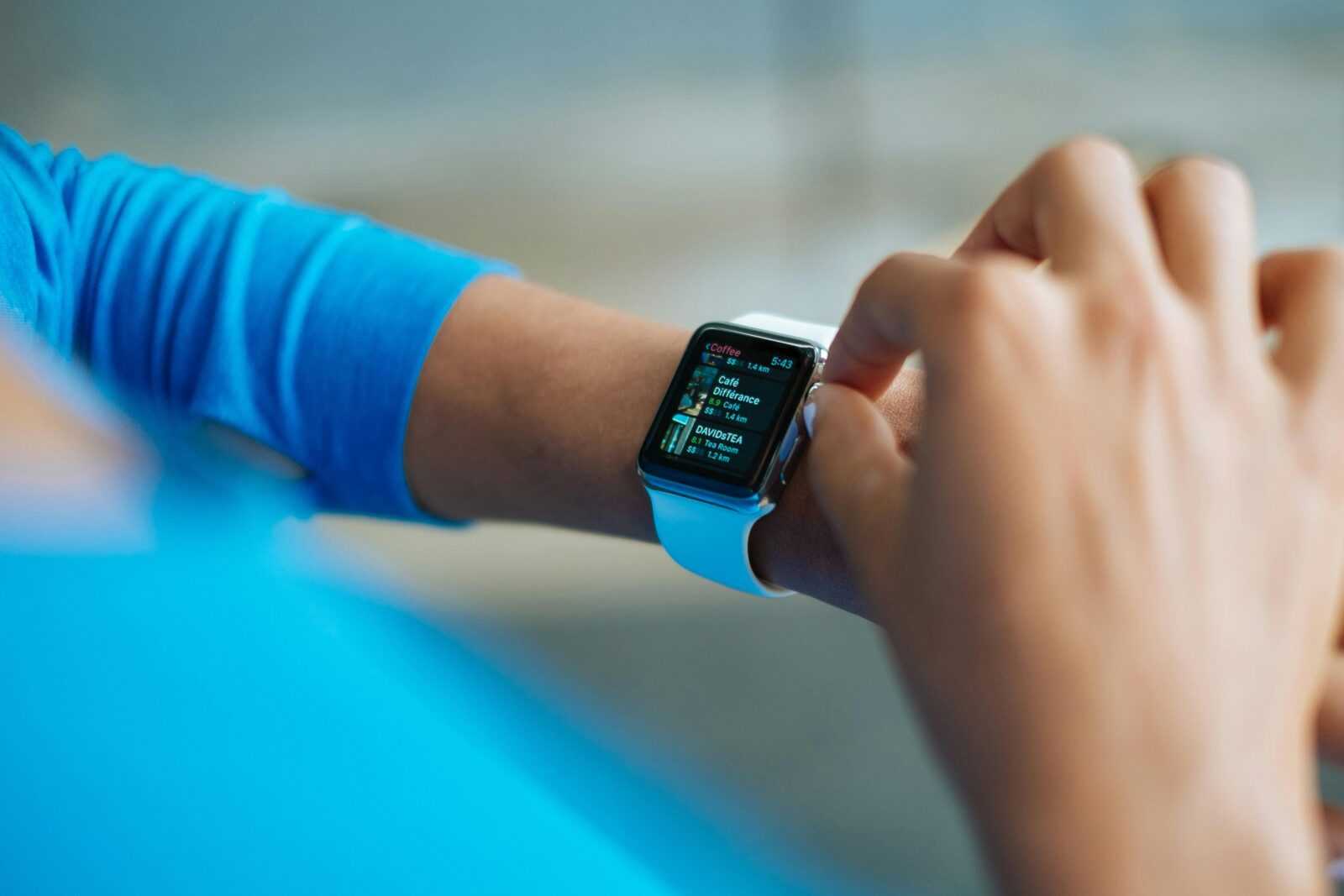
Wearable technology has moved far beyond step counting. Once seen as trendy accessories, fitness trackers and smartwatches have evolved into personal health hubs capable of monitoring stress, sleep quality, oxygen levels, and even detecting potential illnesses before symptoms appear. As this evolution continues, the line between healthcare and consumer electronics blurs even further. For many people, smart wearables have become their first point of contact with wellness data, empowering them to make better health decisions. For those interested in both technology and entertainment, crazy time india offers a lively example of how digital interactivity can blend fun with engagement—just as modern wearables do in the health sphere.
The Rise of Wrist-Based Wellness
Health tracking has become a routine part of modern life, and 2025 marks a turning point where it’s no longer a niche interest but an everyday necessity. Smartwatches and fitness bands are now integrated with sensors once reserved for clinical environments. ECG, skin temperature, and blood oxygen measurements are available at a glance, transforming how individuals engage with their own bodies.
Unlike traditional health tools, wearables deliver instant feedback. This immediacy encourages behavior changes that last—users tend to walk more, rest better, and stay mindful of their heart rate trends. Moreover, integration with telemedicine services allows healthcare professionals to access accurate, real-time data without waiting for a clinic visit. As privacy standards improve and sensors become more reliable, confidence in digital wellness continues to grow.
Essential Features That Matter Most
Choosing a wearable in 2025 requires more than comparing screen sizes or battery life. The true value lies in how effectively a device understands and supports personal health goals.
1. Advanced Sensor Accuracy
Modern trackers rely on multi-sensor arrays that combine optical, electrical, and motion-based data to achieve near-medical precision. Pulse oximetry and ECG monitoring have become standard, and newer models even detect hydration levels or body composition through skin analysis.
2. Comprehensive Sleep Intelligence
Sleep tracking is no longer about hours in bed—it’s about understanding cycles, interruptions, and recovery. AI-powered sleep coaching now provides personalized recommendations that consider breathing patterns, heart rate variability, and stress levels collected overnight.
3. Holistic Stress and Recovery Insights
Stress detection has shifted from guesswork to science. Wearables measure micro-fluctuations in heart rhythm and skin temperature to identify when the body is under pressure. Paired with guided breathing exercises or mindfulness prompts, these tools help users recover balance throughout the day.
4. Seamless Integration and Ecosystem Support
The best trackers integrate smoothly with smartphones, health platforms, and even smart home systems. This ecosystem approach means data doesn’t live in isolation but informs nutrition, exercise, and rest choices in a unified dashboard.
How to Choose the Right Tracker for You
Selecting the perfect wearable depends on lifestyle and personal health needs. Some people prioritize sports performance, while others focus on stress reduction or medical tracking. Start by defining what matters most before being swayed by brand hype.
- Fitness enthusiasts should look for advanced metrics such as VO₂ max, recovery time, and workout detection.
- Busy professionals may value stress management, productivity prompts, and adaptive battery modes.
- Older adults benefit from features like fall detection and heart irregularity alerts.
It’s also important to test comfort and durability. A lightweight, hypoallergenic strap can make the difference between daily use and abandonment. Battery life is another consideration—extended endurance allows users to wear the device during sleep without frequent charging interruptions.
The Future of Wearable Health
The next wave of innovation aims to make wellness even more proactive. Predictive analytics will soon anticipate illnesses based on subtle physiological changes. Smartwatches might alert users to dehydration, vitamin deficiencies, or early flu signs days before symptoms manifest.
Researchers are exploring non-invasive glucose tracking, continuous blood pressure monitoring, and even mental health analytics that combine tone recognition with physiological data. These advancements promise a future where preventive care becomes seamless and accessible to all.
As wearables mature, they encourage people to view health as a living process, not a static goal. Real-time insights transform abstract numbers into meaningful feedback that supports long-term well-being.
Final Thoughts
Health tracking has become a symbol of modern empowerment. In 2025, wrist-based wellness isn’t just a convenience—it’s a movement toward self-awareness, prevention, and connection. Whether you’re running marathons or managing stress at your desk, the right wearable turns every heartbeat, breath, and step into valuable knowledge. Choosing wisely means selecting not just a gadget, but a companion in your ongoing journey toward better living.
